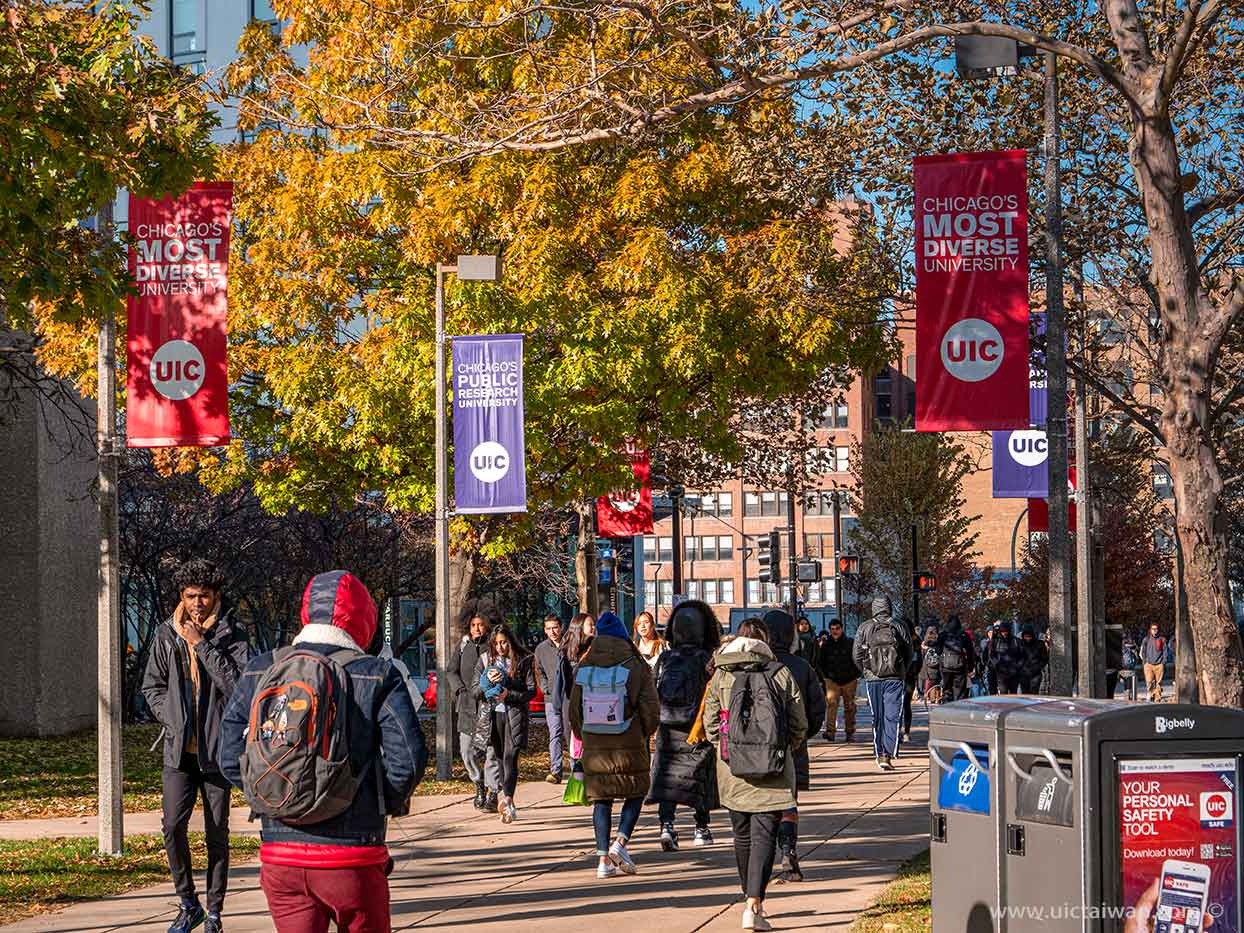
Studying Abroad in the U.S. = Does it Cost a Lot of Money?
The United States is home to many world-class universities, making it a top choice for international students. Every year, tens of thousands of students flock to the U.S. seeking better educational quality, with hopes of using their degree and work experience to fulfill their future aspirations after graduation.
In pursuit of internationally recognized higher education, international students also have to pay a hefty price. U.S. study costs are notoriously expensive, with tuition alone reaching one to two million New Taiwan Dollars per year, and with annual increases. This does not even include living expenses and other miscellaneous costs, which together form a substantial amount, often making prospective students hesitate.
However, many do not know that by choosing the right location and school, the cost of studying in the U.S. may not be as far out of reach as one might think. Now, let's take a look at the necessary expenses for studying abroad in the U.S., and the differences across regions, so that you can plan your study abroad journey according to your own budget!
What Expenses Are Involved in Studying Abroad?
Before understanding the various expenses, let's first take a look at the list of costs required for studying abroad:
| Item | Details |
| Tuition and Fees | Tuition Fees Books |
| Living Expenses | Accommodation Meals Transportation Entertainment |
| Other Expenses | Visa Fees Insurance Fees Emergency Fund |
As we can see, in addition to tuition, there are many other expenses to consider for studying abroad, and these will vary based on the school and region chosen. Next, let UP-STUDY break down these costs so that you can more accurately assess your budget!
Tuition and Fees
Tuition fees at U.S. universities vary depending on the program, region, and type of school. In addition to the difference between in-state and out-of-state tuition, many public universities offer in-state tuition rates to ensure affordable higher education for local students. U.S. citizens may want to look into state universities in their home state, which can greatly reduce their budget.
Average Tuition Fees for U.S. Universities (2021-2022) (Unit: USD, Data Reference: College Board)
| Private Four-Year Universities | Public Four-Year Universities [In-State] | Public Four-Year Universities [Out-of-State] | |
| Tuition and Fees | $38,070 | $10,740 | $25,560 |
| Housing Costs | $13,260 | $11,720 | $11,720 |
Living Expenses
In the United States, living expenses can vary greatly depending on the state, city, and even housing choices. Generally, the central and southern regions have relatively low living costs, while the East and West Coasts, due to their dense populations and large cities, tend to have higher living standards.
The global living standards database, Numbeo, has compiled living expenses data for various regions in the U.S. Below, we list two major categories—housing and transportation—so that you can get a rough idea of the living expenses in each city:
Major U.S. City Living Expenses (Currency: USD, Data source: Numbeo)
East Coast
| City | City Center Rent (Studio) | Suburban Rent (Studio) | Public Transportation Monthly Pass |
| New York | $2,100-$4,000 | $1,750-$3,000 | $129.5 |
| Boston | $2,200-$3,200 | $1,600-$2,300 | $90 |
| Washington, D.C. | $1,800-$2,800 | $1,500-$2,000 | $102 |
| Chicago | $1,400-$2,400 | $1,000-$1,500 | $105 |
| Philadelphia | $1,300-$2,500 | $800-$1,500 | $99 |
| Baltimore | $1,100-$2,100 | $800-$1,200 | $74 |
| Pittsburgh | $1,000-$1,875 | $800-$1,200 | $97.5 |
West Coast
| City | City Center Rent (Studio Apartment) | Suburb Rent (Studio Apartment) | Public Transport Monthly Ticket |
| San Francisco | $2,300-$3,700 | $2,000-$3,000 | $80 |
| San Jose | $2,000-$3,200 | $1,700-$3,100 | $90 |
| Los Angeles | $1,800-$3,400 | $1,400-$2,000 | $100 |
| San Diego | $1,600-$3,000 | $1,450-$2,200 | $70 |
| Seattle | $1,500-$2,500 | $1,200-$2,100 | $99 |
| Portland | $1,450-$2,200 | $1,200-$1,600 | $100 |
South and Central
| City | City Center Rent (Studio Apartment) | Suburb Rent (Studio Apartment) | Public Transport Monthly Ticket |
| Austin | $1,500-$2,500 | $1,000-$1,800 | $40 |
| Dallas | $1,200-$2,100 | $900-$1,500 | $95 |
| Phoenix | $1,100-$1,850 | $900-$1,700 | $64 |
| Columbus | $800-$1,700 | $700-$1,000 | $60 |
Other Expenses
Visa Fees
Living in another country inevitably involves visa processing. From the F1 visa before departure to OPT application after graduation, and even transitioning to an H1B visa later, every stage of an international student's stay in the U.S. involves visa costs. Over the years, these can add up to a significant expense!
Insurance Fees
Many schools require students to purchase health insurance upon enrollment. However, whether the school mandates it or not, if you plan to stay in the U.S. for a longer period, it is advisable to have personal health insurance to avoid high medical bills after seeking medical services.
Emergency Fund
It is always best to prepare for the worst while abroad. Keeping an emergency fund on hand not only helps in times of urgent situations but also ensures your financial security. The amount of the emergency fund should depend on personal financial capacity, but generally, it should cover one month's living expenses.



 Study Abroad in Different Countries
Study Abroad in Different Countries Popular Majors
Popular Majors Application Process
Application Process Study abroad exam
Study abroad exam Visa Application
Visa Application Study Abroad Life
Study Abroad Life








 Study in the USA
Study in the USA Study in Australia
Study in Australia Study in the UK
Study in the UK Study in the Netherlands/Ireland
Study in the Netherlands/Ireland Study in Canada
Study in Canada Conditional Admission
Conditional Admission



